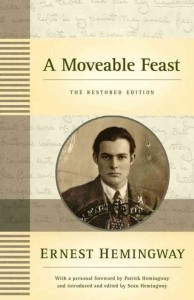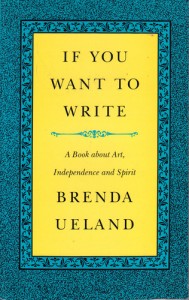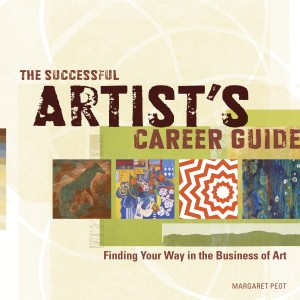“Procrastinate” has its root in the Latin word crastinus, which means “belonging to tomorrow.” We all procrastinate–put off what we could or should do today. Procrastination is easiest when a task has no foreseeable structure or outcome; when there isn’t a particular order nor length of time in which tasks must be completed. What can we do to combat procrastination so that we can get back into the studio? And how can these tips help us take the first steps towards the art career we know we can have?
1. Leave the studio (or your designated creative space) with one obvious task undone–final brushstroke on a piece, a stack of prints to title and sign, a coat of varnish to put on a finished work. That way, when you enter your studio, there is a task to complete, and you won’t spend time dithering about What to Do Next.
2. Hemingway tried to leave his writing when things were going well. This is a good idea for any kind of artist–leave your work when great ideas are still flowing, so you can’t WAIT to get back to your creative work.

3. Have more than one thing going at once in your studio, so that when you get to a waiting place–like waiting for glue or a glaze to dry–you have another thing you are working on or thinking about. This extra thing can be cutting paper to size, preparing a canvas, or can even be a wonderful art book that you have put aside for just this purpose–something to look at and be inspired and rejuvenated by.
4. Set time limits and take breaks. Work for a set periods of time, then allow yourself 15 minutes to have a cup of tea, read, walk out to get the mail and paper. Breaks refresh the mind and give you extra juice to keep going.
5. Do your creative work on a regular schedule. That way, when you get into your studio every day, your mind and body are accustomed to the routine, and ideas will flow more readily.
6. Build in days off. Days spent puttering, wandering through Chinatown or a museum, snoozing in the sun, walking, idly staring out the window–these idle times are essential for nurturing the creative spirit. Brenda Euland says in her book, If You Want to Write, “…the imagination needs idling,–long, inefficient, happy dawdling and puttering. These people who are always briskly doing something and are as busy as waltzing mice, have no slow, big ideas.”

7. Write your studio time and your art business time into your calendar. Many artists can spend almost half of their work time with their business hat on–making calls to clients, answering emails, preparing applications, sending invoices, exploring opportunities to exhibit. Some split the day, working in the morning in the studio, and the afternoon on art business. Some set aside a day a week to do their art business. You will find your own balance.
8. You should spend your most creative time creating, of course. Don’t get caught in the trap of “I have to get all of this done before I can work in my studio.” Make your work a priority, and let your art business activities buoy up your art making.
9. Make sure the tasks that you set for yourself in your studio are manageable. If you have not gotten into your studio all week, don’t let your urgency to get something done make your brain and hands freeze. Be realistic.
10. “Saved by the bell?”–or not! When you are in your studio working, you don’t have to answer the phone, check your emails, or look at your texts. All of these things can wait until your studio time is over for the day.
Read more about combatting procrastination, and finding time to get into the studio in The Successful Artist’s Career Guide. You will also find worksheets, advice and ideas about how to make a life as an artist. Bigmouthlocal.com says: “Flying in the face of the struggling artist stereotype, Margaret Peot delivers The Successful Artist’s Career Guide: Finding Your Way in the Business of Art…even during challenging economic times, Peot provides welcome proof that living the creative life remains possible.” Read a free excerpt of The Successful Artist’s Career Guide on Amazon.

to buy the book:
